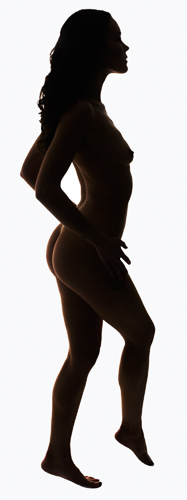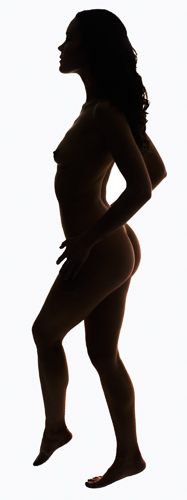
Scott Clifton Photography


Scott Clifton Photography

I see a lot of photographs of people taken by amateurs. Some are really good. However, often the results often leave a lot to be desired. The biggest single mistake I see is shooting the subject against the sun with the camera set to automatically determine the exposure. The camera sees the bright sky and the subject ends up being heavily underexposed in the image produced!
This problem occurs when the camera is left in automatic or “program” mode. Let’s explore how the above problem arises and how it can be avoided. You first need to understand how three values affect the exposure of a photo: the shutter speed, the ISO value, and the aperture.
The shutter speed, pretty obviously, is how long the shutter in the camera is open to allow light to enter the camera. Typical values are 1/50 of a second and 1/200 of a second. The shorter the shutter speed the less light hits the sensor.
The ISO value determines how sensitive to light the camera sensor is. Values typically range from 100 upwards. If you change the ISO value from, say, 100 to 200 you would need to reduce another exposure factor to compensate, say increasing the shutter speed from 1/100 to 1/200.
The aperture is how wide “open” the lens is. Aperture is measured in the f stop number, such as f/8. Aperture values are typically f/1.4, f/2, f/2.8, f/4, f/5.6, f/8, f/11, f/16, f/22, or intermediate values. Notice the / indicating that the f stop number is a fraction, so a large number on the bottom as is f/16 indicates a small aperture. Obviously, the wider the aperture the more light hits the sensor.
So to get a correct exposure these three values must to set. There will be many combinations of values that correctly expose a particular image. If, for example, the combination of ISO 100, a shutter speed of 1/200 of a second and an aperture of f/8 yields a correct exposure then ISO 100, a shutter speed of 1/100 of a second and an aperture of f/11 also yields a correct exposure.
So how do you choose which combination? Well, you want to keep the shutter speed fast the freeze the motion of a rapidly moving object and to reduced the chance that “camera shake” ruining the image, and you’re going to have to use a wide aperature and/or a high ISO value.
But wide apertures such as f/2.8 have a smaller “depth of acceptable sharpness” than narrower apertures such as f/11. So if you’re taking a photo of a landscape you’ll want to use a narrow aperture to ensure that everything is in focus.
And generally you’ll want to use a low ISO value such as 100 as much as possible to keep “noise” at a minimum and hence maximise image quality. Image noise is random values in the image and increases as the ISO value is increased.
So you have to balance all these factors! I never said photography was easy did I! Cameras often try to help you out by providing additional exposure modes other than automatic and manual. The most common semi-automatic mode is “aperture priority” where you set the aperture and allow the camera to set the ISO value and the shutter speed. The “shutter priority” mode operates analogously.
We’re now able to seeing how we can avoid underexposed faces when shooting against the light. One way is to set the camera in manual mode and choose the shutter speed, the aperture, and the ISO value to get the exposure you want. Professional photographers and serious amateurs are likely to do this to get complete control of the camera.
But wait! There is an easier way! Many of the exposure modes of modern camera allow the user to override the exposure chosen by the camera by using “exposure compensation”. Say you’re using aperture priority and taking a photo of someone with the camera pointing towards the bright sky, then you set the exposure compensation at say, +1. This will cause the camera to reduce the shutter speed by half, increase the ISO by a factor of 2, or increase the aperture by a factor of 2 (or some other sensible combination of values). A compensation value of +2 will have double the effect. A negative exposure compensation value will decrease the exposure.
Just don’t forget to turn off compensation when you have finished!